Welcome to our article on what material we use to print on banners. We, as a team of experts in the field, are excited to share our knowledge and insights with you.
In this article, we will explore various printing techniques for banners and discuss considerations for outdoor usage. We'll also delve into the differences between indoor and outdoor banners, sustainable materials, size and shape variations, customization options, maintenance tips, and how to select the perfect banner for your needs.
Let's dive in!
TLDR
- Digital printing and screen printing are two common techniques used to print on banners.
- Weather-resistant materials and UV protection coatings are essential for outdoor banners to ensure durability and prevent fading and damage from sun exposure.
- Indoor banners are typically lightweight and have a smooth surface for optimal print quality, while outdoor banners require more durable materials that can withstand various weather conditions.
- There are sustainable banner material options available, such as using recycled materials, plant-based inks, biodegradable materials, and renewable resources like hemp or jute.
Printing Techniques for Banners
When it comes to printing banners, there are two main techniques that we will be discussing: digital printing and screen printing.
Digital printing involves using a computerized process to transfer the design onto the banner material, resulting in high-quality and precise prints.
On the other hand, screen printing uses a stencil-like screen to apply ink onto the banner material, making it ideal for large-scale production with vibrant colors and durability.
Digital Printing
Digital printing is commonly used to print graphics on banners. This printing technology offers various advantages over traditional methods such as screen and offset printing.
One key advantage is the ability to achieve high-quality prints with excellent color accuracy and image resolution. Digital printers use different types of inks, including solvent-based, water-based, UV-curable, and dye sublimation inks, allowing for versatility in printing on different materials.
Additionally, digital printing offers fast print speeds, making it an efficient choice for producing large quantities of banners quickly. The durability of digitally printed banners depends on factors such as the type of ink used and the material being printed on.
While digital printing may have a higher cost per print compared to other methods, it requires less maintenance and has a lower environmental impact due to reduced waste and energy consumption.
Screen Printing
Screen printing, also known as silk screening, is a popular method used to transfer designs onto different surfaces. This printing process involves creating a stencil on a screen mesh and using a squeegee technique to push ink through the open areas of the stencil onto the desired material. Screen printing allows for precise control over ink coverage and color registration, resulting in vibrant and detailed prints. The quality of the print is influenced by factors such as screen tension, ink opacity, and ink curing. Properly tensioned screens ensure accurate registration and consistent prints, while opaque inks provide better color saturation. Ink curing is essential for achieving print durability by ensuring that the ink fully adheres to the material. Overall, screen printing offers a versatile and durable option for transferring designs onto various surfaces with excellent detail and vibrant colors.
| Printing Process | Screen Mesh | Ink Curing | Stencil Creation |
|---|---|---|---|
| Screen Printing | Fine mesh | Heat or UV | Emulsion |
Considerations for Outdoor Banners
When it comes to outdoor banners, we must consider several key points to ensure their durability and longevity.
Firstly, weather-resistant materials are essential in order to withstand the harsh elements such as rain, wind, and sunlight.
Additionally, applying UV protection coatings can help prevent fading and damage caused by prolonged exposure to the sun's rays.
Lastly, grommets and reinforcements play a crucial role in providing stability and strength, allowing the banner to be securely attached and withstand strong winds or tension.
Weather-Resistant Materials
If you're planning to print on a banner, you'll want to consider weather-resistant materials. Outdoor banners are exposed to various weather conditions, making it essential for them to withstand rain, wind, and sun exposure. To ensure durability and longevity, several weatherproofing techniques and durability factors should be taken into account during material selection. Waterproof materials that pass weather resistance testing are ideal for outdoor advertising as they can withstand moisture and prevent ink from smudging or running. Wind resistance is also crucial to prevent banners from tearing or getting blown away in strong winds. Fade resistant materials should be used to maintain the vibrancy of colors even under prolonged sun exposure. Additionally, climate considerations such as temperature fluctuations and UV radiation should be factored in when choosing suitable materials for printing on banners.
| Weather Resistance | Durability Factors | Climate Considerations |
|---|---|---|
| Waterproof | Tear Resistance | Temperature Fluctuations |
| Fade Resistant | UV Protection | UV Radiation |
| Wind Resistant | Ink Smudge Prevention |
UV Protection Coatings
To protect your outdoor signage from harmful UV rays, consider applying a coating that provides effective UV protection. There are various types of coatings available in the market that offer this protection.
The application process typically involves cleaning the surface thoroughly and then evenly applying the coating using a brush or spray. When choosing a coating, it is important to consider its durability factors such as resistance to fading and cracking.
While these coatings provide numerous benefits like prolonging the lifespan of your signage and maintaining vibrant colors, they also have some drawbacks like requiring regular maintenance and potential cost considerations.
Additionally, there are alternative options available in the market such as UV-protected materials or laminates. To ensure effectiveness, it is recommended to adhere to industry standards and evaluate the performance of the chosen coating over time.
Grommets and Reinforcements
In our previous discussion on UV protection coatings for banners, we explored how these coatings can enhance the lifespan and durability of printed materials.
Now, let's turn our attention to another important aspect of banner construction: grommets and reinforcements.
Grommets are small metal or plastic rings that are inserted into holes along the edges of a banner. They serve as anchor points for hanging the banner securely. Grommet placement is crucial to ensure proper weight distribution and prevent tearing.
Reinforcement techniques involve adding additional layers or materials to strengthen weak areas of a banner, such as corners or high-stress points. This helps to increase overall banner strength and longevity.
Different grommet types are available, including brass, aluminum, and plastic options. The choice of grommet material depends on factors such as budget, desired strength, and environmental conditions.
Proper installation, maintenance, repair, and hanging methods also contribute to maximizing banner durability. Regular inspections should be conducted to identify any damage or wear that may require prompt attention.
Indoor vs. Outdoor Banners
When it comes to choosing the right banner materials for indoor and outdoor use, there are several key factors to consider.
For indoor banners, we need materials that are lightweight, easy to handle, and have a smooth surface for optimal print quality.
On the other hand, outdoor banners require more durable materials that can withstand various weather conditions while still maintaining vibrant colors and sharp graphics.
Indoor Banner Materials
There's a wide selection of indoor banner materials to choose from. When it comes to creating impactful banners for indoor use, it's important to consider the various options available.
Here are some key factors to consider when selecting the right material:
- Fabric options: Fabric banners offer a soft and elegant look, perfect for events and trade shows.
- Durable materials: Opt for materials that are resistant to tearing and can withstand frequent handling.
- Lightweight options: Choose lightweight materials that are easy to transport and install.
- Print quality: Look for materials that provide vibrant colors and sharp imagery to make your design pop.
- Cost-effective choices: Consider budget-friendly options without compromising on quality.
Other factors such as flame retardant properties, installation methods, size limitations, finishing options, and longevity considerations should also be taken into account when choosing the best indoor banner material.
Outdoor Banner Materials
Consider the weather-resistant options available for your outdoor signage. When it comes to outdoor banner materials, durability is of utmost importance. Outdoor banners are exposed to harsh elements such as rain, wind, and sunlight, so choosing a material that can withstand these conditions is crucial.
There are various options available in terms of size, installation, and visibility. Additionally, factors like printing costs and lifespan should be considered when selecting a material. Color options and design trends also play a significant role in creating an eye-catching outdoor banner that grabs attention.
Portability is another factor to consider for easy transportation and installation. Lastly, proper maintenance tips ensure that your outdoor banner remains in top condition for extended periods of time.
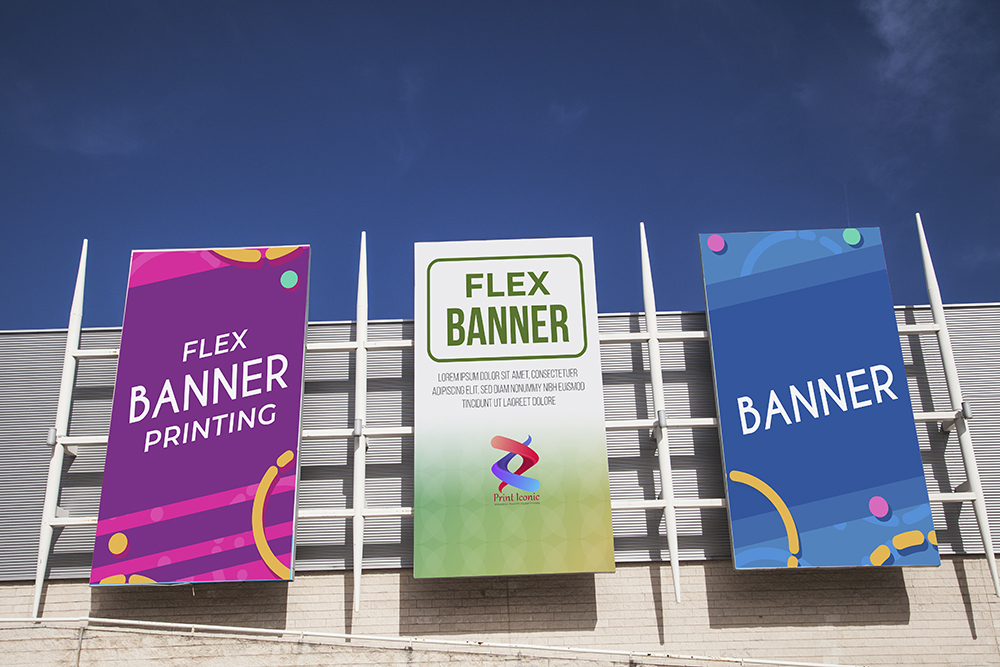
Sustainable Banner Materials
When considering sustainable banner materials, it's important to explore eco-friendly options that prioritize environmental conservation. These materials should be easily recyclable and have proper disposal methods in place.
Eco-Friendly Options
One option for an eco-friendly banner is to use recycled materials. This not only reduces waste and saves resources but also helps to create a more sustainable solution for banner printing. Here are five environmentally friendly choices for banners:
- Sustainable materials: Opting for materials such as organic cotton or bamboo fabric ensures that the production process has a low impact on the environment.
- Green alternatives: Consider using plant-based inks instead of traditional petroleum-based inks, which are less harmful to the ecosystem.
- Biodegradable options: Choose materials that can easily decompose after their useful life, reducing the environmental footprint.
- Renewable resources: Utilizing materials like hemp or jute, which grow quickly and require fewer resources than other options.
- Sustainable printing methods: Look for printers that use water-based dyes or digital printing techniques, which consume less energy and produce fewer emissions.
Recyclability and Disposal
Now that we've explored eco-friendly options for printing banners, let's shift our focus to the recyclability and disposal of these materials.
When considering sustainable options for banner production, it's crucial to choose materials that can be easily recycled or disposed of in an environmentally friendly manner.
Many eco-friendly materials used for banners, such as biodegradable vinyl or fabric made from recycled fibers, are designed with recyclability in mind. These materials can be separated from other waste and sent to recycling facilities, where they can be processed into new products.
In terms of banner size and shape variations, recyclability remains a key consideration. Whether you opt for traditional banner rolls or vertical banners displayed on stands, it's important to select materials that can still be recycled after their use.
Additionally, customization considerations should also take into account the end-of-life stage of the banner. By choosing sustainable and recyclable materials from the start, we contribute to a more circular economy and reduce our environmental impact.
Banner Size and Shape Variations
When it comes to banner size and shape variations, there are several key points to consider.
First, banner rolls offer a convenient and flexible option for printing large banners that can be easily transported and hung.
Second, vertical banners provide an effective way to display information in narrow spaces or areas with limited width.
Banner Rolls
Do you know what material is printed on banner rolls?
When it comes to banner printing, there are various options available to suit different needs. Here are five key materials commonly used for printing banners:
- Vinyl: Known for its durability and weather resistance, vinyl is a popular choice for outdoor banners.
- Fabric: Ideal for indoor use, fabric banners offer a softer and more elegant look.
- Mesh: Designed for windy conditions, mesh banners allow airflow while maintaining visibility.
- Polyester: This lightweight material is perfect for trade shows or events where portability is important.
- Canvas: Offering a more artistic feel, canvas banners are often used for high-end displays.
Understanding the different materials available can help you make informed decisions when it comes to banner design, installation, and promotion. Whether you're looking for cost-effective options or premium graphics, choosing the right material can greatly impact your banner advertising and marketing efforts.
Vertical Banners
To create a visually striking display, consider using vertical banners for your next event or promotion. Vertical banner design offers a unique and eye-catching way to showcase your message.
When it comes to hanging options, there are various methods available depending on the location and purpose of the banner. From simple wall mounts to freestanding frames, you can choose the best installation method that suits your needs.
Additionally, vertical banners offer endless possibilities for creative display ideas. Whether it's showcasing products or promoting an upcoming event, you can experiment with different sizes and layouts to make a lasting impression.
Vertical banner printing is typically done on durable materials such as vinyl or fabric, ensuring longevity and resistance to wear and tear. Maintenance is minimal, requiring only occasional cleaning and storage in a safe place when not in use.
The cost of vertical banners varies depending on size, material choice, and printing options but is generally affordable considering their effectiveness in grabbing attention and conveying messages effectively.
Banner Stands and Frames
In our previous discussion on vertical banners, we explored their advantages and various applications. Now, let's delve into the world of banner stands and frames for easy installation and display of your banners.
Here are some key options to consider:
- Lightweight options: Choose stands and frames that are easy to transport and set up.
- Portable frames: Look for frames that can be easily assembled and disassembled for convenience.
- Tension fabric: Opt for stands that utilize tension fabric for a sleek, professional look.
- Adjustable stands: Consider stands with adjustable heights or widths to accommodate different banner sizes.
- Double-sided banners: Some stands offer the option to display double-sided banners for maximum visibility.
Other options include telescopic frames, frameless alternatives, hanging banners, and retractable stands. These versatile solutions provide flexibility in showcasing your message effectively while maintaining portability.
Customization and Design Considerations
When it comes to creating impactful banners, we must consider the key elements of full-color printing, graphic design, branding, and messaging.
Full-color printing allows for vibrant and eye-catching visuals that can grab the attention of viewers.
Graphic design elements such as typography, layout, and imagery play a crucial role in conveying the intended message effectively.
Additionally, branding and messaging ensure that the banner aligns with the overall brand identity and delivers a clear and concise message to the target audience.
Full-Color Printing
You can achieve vibrant full-color printing on your banners. When it comes to printing technology, there are a few key factors to consider for optimal results. Here are some important points to keep in mind:
- Color options: Choose from a wide range of colors to create eye-catching designs.
- Print quality: Ensure sharp and clear images with high-quality prints.
- Ink types: Select the right ink type based on your desired finish and durability.
- Printing speed: Consider the printing speed to meet deadlines efficiently.
- Cost considerations: Balance between print quality and cost-effectiveness.
Other factors such as print durability, resolution, size limitations, and customization options should also be taken into account when deciding on the best printing method for your banners.
With careful consideration of these aspects, you can create stunning banners that make an impact while staying within budget.
Graphic Design Elements
Graphic design elements play a crucial role in creating visually appealing and captivating banners. The use of color theory, typography, composition principles, and visual hierarchy helps to convey the intended message effectively. Additionally, image editing and design software assist in manipulating graphics and enhancing their quality. Design elements such as digital illustrations can be incorporated to add depth and creativity to the banner. These elements are carefully selected and arranged to create a harmonious visual composition that grabs attention and communicates the desired information. In print production, it is important to ensure that the design elements translate well onto the final printed banner material. By considering factors such as resolution, file format, and color accuracy, designers can guarantee a high-quality end product that meets the expectations of both clients and audiences.
| Graphic Design Elements | Function |
|---|---|
| Color Theory | Conveys emotions & enhances visual impact |
| Typography | Communicates messages & establishes brand identity |
| Composition Principles | Organizes elements for aesthetically pleasing layout |
| Visual Hierarchy | Guides viewers' attention & emphasizes key information |
Table: Key graphic design elements used in creating captivating banners
Branding and Messaging
To effectively convey your brand message, it's crucial to consider the elements of branding and messaging in your design. These techniques play a significant role in marketing strategies and visual communication.
Here are five key aspects to keep in mind:
Logo design: A well-designed logo serves as the face of your brand, representing its identity.
Target audience: Understanding who you're targeting allows for tailored messaging that resonates with potential customers.
Brand identity: Consistency across all platforms helps establish a strong and recognizable brand identity.
Advertising campaigns: Effective campaigns utilize various mediums to deliver the desired message and drive engagement.
Promotional materials: From business cards to banners, cohesive design ensures consistency in brand recognition.
Maintenance and Cleaning Tips
When it comes to maintaining outdoor banners, proper cleaning techniques, storage practices, and reusability considerations are essential.
Firstly, we must ensure that the banners are cleaned regularly to remove dirt, stains, and environmental debris that can accumulate over time.
Secondly, proper storage methods should be employed to protect the banners from damage caused by exposure to harsh weather conditions or improper handling.
Lastly, considering the reusability of outdoor banners allows for cost-effective solutions and sustainability in marketing campaigns.
Cleaning Outdoor Banners
It's important to regularly clean outdoor banners to keep them looking their best. Proper care and maintenance are essential for the longevity and durability of these banners. Here are some cleaning techniques and tips to ensure your outdoor banners remain in top condition:
- Use eco-friendly cleaning products to minimize environmental impact.
- Remove stains by gently scrubbing with a mild detergent and warm water.
- Prevent mold growth by storing the banners in a dry, well-ventilated area.
- Dry the banners thoroughly before storage to prevent moisture damage.
- Consider professional cleaning services for deep cleaning or stubborn stains.
By following these recommended cleaning methods, you can maintain the vibrant appearance of your outdoor banners while extending their lifespan.
Storage and Reusability
You can maximize the lifespan of your outdoor banners by properly storing them in a dry and well-ventilated area. When it comes to storage options, there are several considerations to keep in mind.
Firstly, you want to ensure that your banners are stored in a way that allows for easy transportation and access when needed. Folding techniques can help save space and make it easier to store multiple banners together.
It is also important to consider long term durability and banner maintenance during storage. Creative storage solutions, such as using hangers or racks, can help prevent damage and prolong the life of your banners.
Additionally, repurposing ideas offer a cost-effective storage method while being eco-friendly at the same time.
Banner Selection
In order to make the right choice when selecting a banner, it is crucial to consider the impact of material on the message. The material used for a banner can greatly influence how the message is conveyed and perceived by the audience.
Therefore, understanding the relationship between material and message is essential for creating effective and impactful banners.
Making the Right Choice
Choosing the right material for printing on a banner can be crucial. When making decisions about the material options, several factors should be considered. Here are some key points to keep in mind:
- Durability factors: The chosen material should be able to withstand outdoor conditions such as wind, rain, and sunlight.
- Cost considerations: Different materials have varying price ranges, so it's important to find a balance between quality and affordability.
- Visual impact: The material should enhance the overall visual appeal of the banner and make it stand out.
- Printing quality: Certain materials may affect the sharpness and clarity of the printed design.
- Environmental impact: Opting for eco-friendly materials can help minimize harm to the environment.
In addition to these factors, installation methods, size restrictions, and color choices also play a role in selecting the right material. By carefully considering these aspects, you can ensure that your banner not only looks great but also meets your specific requirements.
Impact of Material on Message
In order to effectively communicate our message through printed banners, the choice of material plays a crucial role. The impact of materials on message delivery cannot be underestimated. Different materials have varying levels of visual appeal, durability, and printing quality. Consideration must also be given to color psychology and how it affects audience impact.
To illustrate the importance of material selection, we have provided a table below showcasing four commonly used materials for banners.
| Material | Visual Appeal | Durability | Printing Quality |
|---|---|---|---|
| Vinyl | High | High | Excellent |
| Fabric | Moderate | Moderate | Good |
| Mesh | Low | High | Fair |
| Paper | Low | Low | Poor |
Frequently Asked Questions
Can I Use Any Type of Material for Printing Banners?
Yes, you can use various materials for printing banners. Consider alternative options like weather-resistant materials for outdoor banners, eco-friendly choices, and high-quality prints. Durability and cost-effectiveness should be considered too. Additionally, using recycled or customizable fabrics can create unique designs with a longer lifespan.
What Are the Advantages and Disadvantages of Using Vinyl Material for Outdoor Banners?
Vinyl material offers several advantages for outdoor banners, including durability, weather resistance, and customization options. However, it may have a higher cost and environmental impact compared to fabric. Installation and maintenance requirements should also be considered.
Are There Any Special Printing Techniques Used for Fabric Banners?
Specialty inks, such as dye sublimation, heat transfer, UV, and screen printing, are used for fabric banners. Fabric weight affects durability and color vibrancy. Finishing techniques enhance the overall appearance. Image resolution ensures clarity and detail.
Can I Use Indoor Banners for Outdoor Purposes?
Indoor banners may not be suitable for outdoor use due to weather resistance and durability factors. Consider using materials with UV protection, ink fading prevention, size limitations, and design considerations. Cost-effective options depend on installation methods and longevity expectations. Customization is available.
How Often Should I Clean and Maintain My Printed Banner?
Proper cleaning techniques and regular maintenance are vital for optimal visibility of printed banners. Avoid common mistakes, use recommended cleaning products, and prevent fading and damage. Store banners properly when not in use and consider weather impacts. Expert advice ensures longevity.
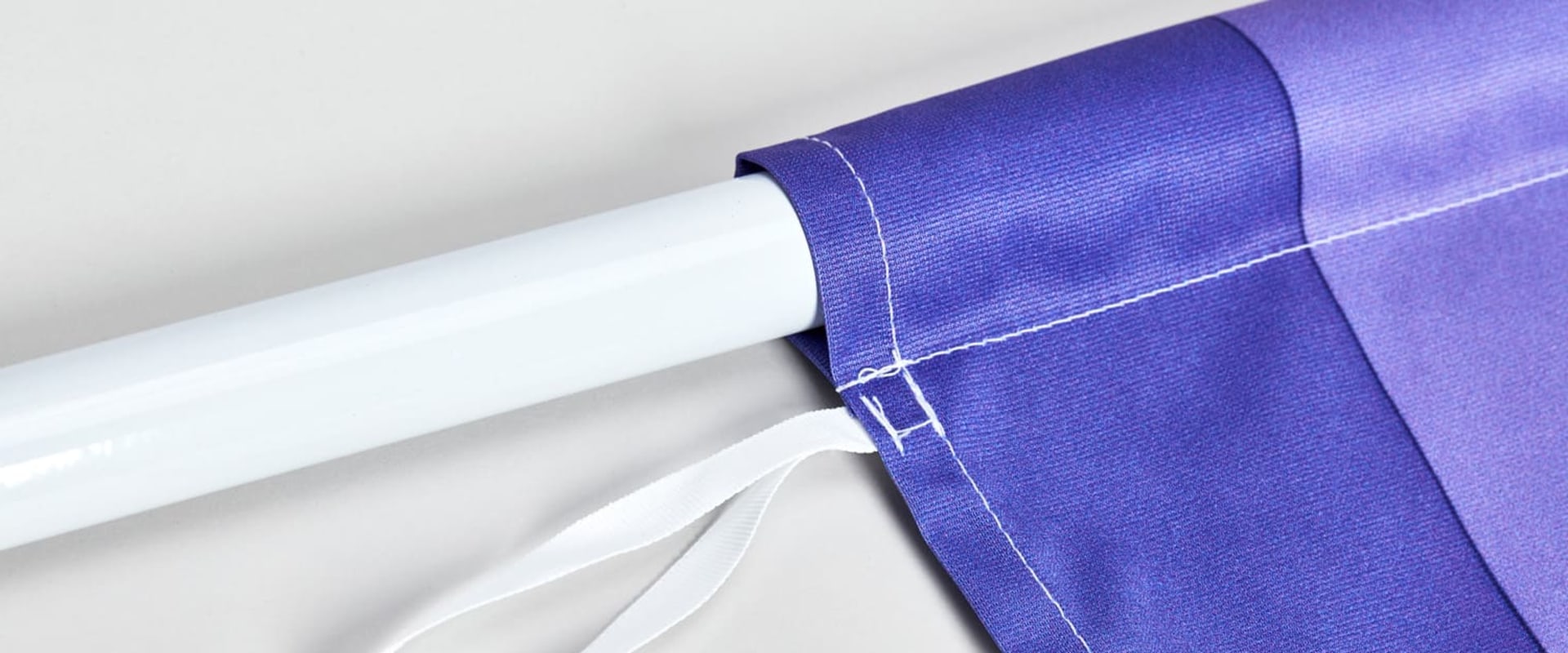
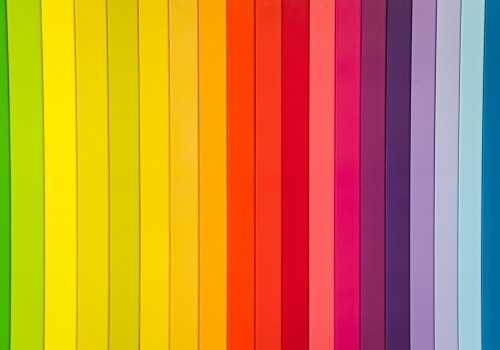
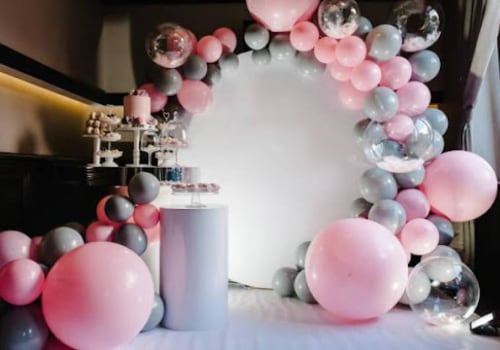
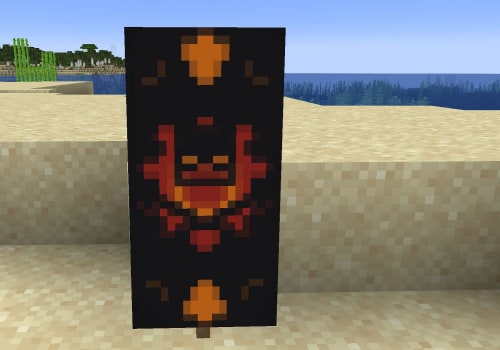
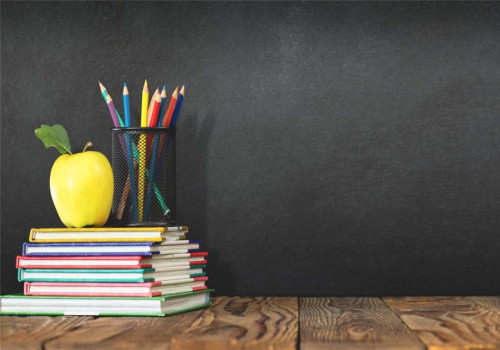

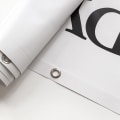
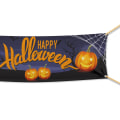
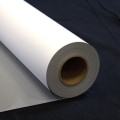
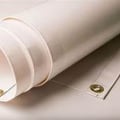
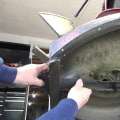

Leave Reply